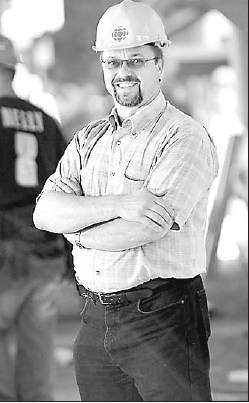Gwen Preston
Sun
Prisoners will soon be making kitchen cabinets and bathroom counters for an affordable-housing development in Burnaby.
The 27-unit townhouse project is being built by the Vancouver office of Habitat for Humanity, an international non-profit organization committed to building affordable housing for the poor.
To Anneke Rees, executive director of Habitat for Humanity’s Vancouver office, the connection just makes sense.
“We’re always looking for partners of all kinds, whether that means the Correctional Service of Canada or private business,” Rees said.
“And we have partnerships with several other organizations that are trying to help people get back on their feet, get back into the workforce. It fits.”
The prisoners will do their work at the Mission Institute, which has a workshop where approximately 20 convicts learn how to work with wood.
Mission Institute became involved after Rees contacted CANCOR, a rehabilitation program of the Correctional Service of Canada that focuses on employment training and developing employable skills in prisoners.
Norman Gerl, acting regional director for the rehabilitation program, said he jumped right on the opportunity. “That type of work is really good for us,” he said.
“We are totally a training facility,” Gerl said. “Every guy who walks through that door has little or no skills at all. Our certified instructors provide hands-on training. It’s amazing some of the products these fellows can turn out.”
The prisoners usually build custom office furniture for government departments and the occasional private-sector contract.
“It just teaches great marketable skills,” Gerl said. “And because it’s for Habitat for Humanity, the guys think it’s extra special.”
Habitat for Humanity will provide the materials and the prisoners will donate their labour.
The correctional service and Habitat for Humanity have worked together in other Canadian locations. But when prisoners at the Mission Institute start milling cabinet doors in a few weeks, it will be the first time the two organizations have worked together in the Pacific region.
© The Vancouver Sun 2006









